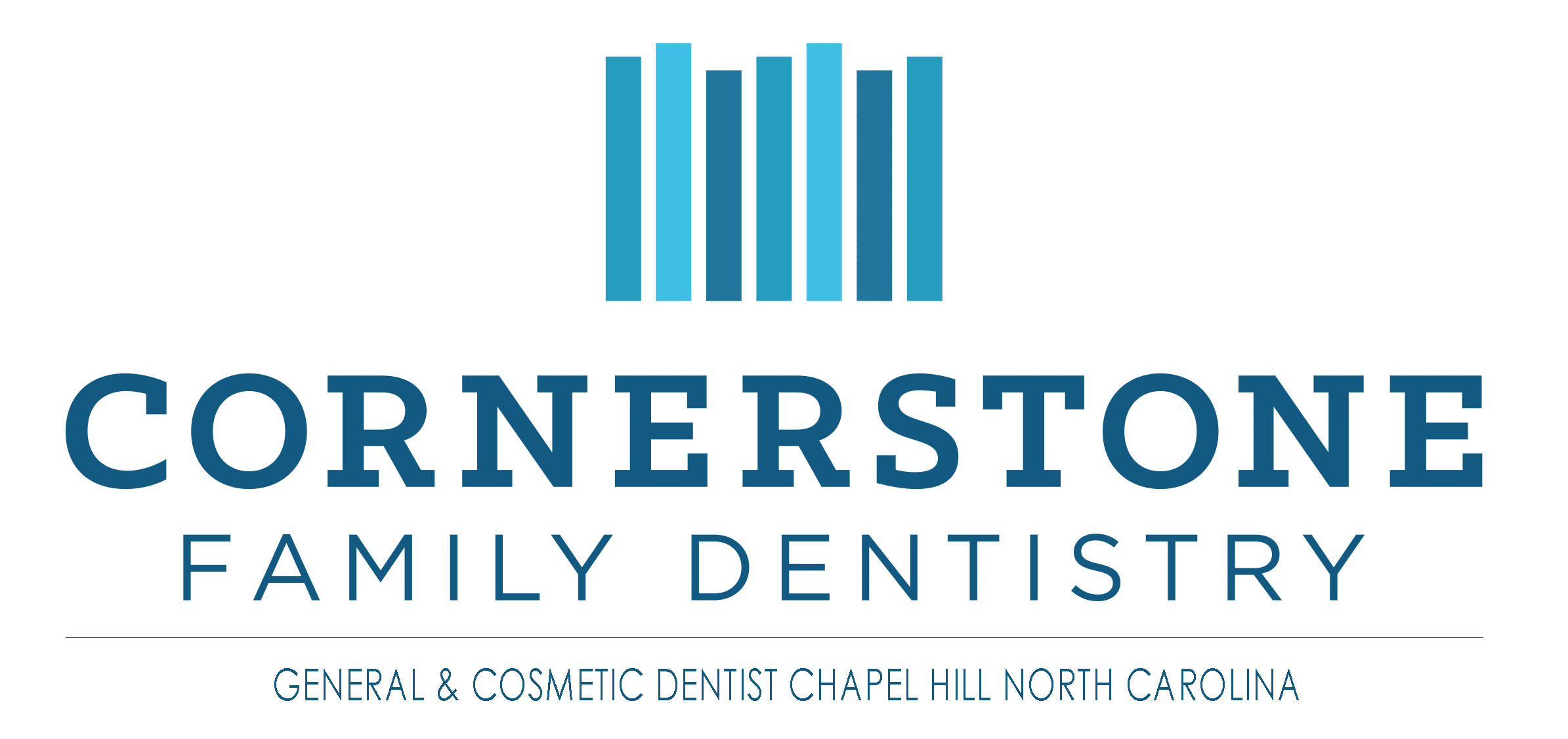Fix Cracked Teeth
A cracked tooth often occurs suddenly and unexpectedly. One minute you are biting into your favorite food, and the next, you find a tooth has cracked in half. There are several reasons why a tooth may crack but fortunately, there are treatment options available to repair the damage. Read on to learn more about the causes, types, and treatment options available for cracked teeth.
Causes of a Cracked Tooth
A cracked tooth can occur from a number of reasons, including:
- Pressure from clenching or grinding the teeth
- Large fillings that have weakened the tooth structure
- Biting or chewing hard foods such as nuts, hard candy, or ice
- Trauma to the mouth from an accident, fall, fist fight, or sports injury
- Sudden temperature changes in the mouth – for example, eating something very hot and then attempting to cool the mouth with ice
- Aging – people over 50 are more prone to cracks
Types of Cracked Teeth
- Craze Lines: Tiny cracks that form in the enamel that do not cause pain or require any treatment.
- Fractured Cusp: Most commonly occurs around a dental filling. Generally, it does not affect tooth pulp (inner tooth layer of nerves and blood vessels) and does not result in significant pain.
- Cracks Extending Into Gumline: Vertical crack that extends through the tooth into the gums. Prompt treatment may be able to salvage the tooth but in some cases, it may require extraction.
- Split Tooth: Crack traveling from the surface below the gumline that can be separated into two distinct pieces. With such extensive damage, it is doubtful that the tooth can be salvaged but the dentist may be able to save a portion.
- Vertical Root Fracture: Crack beginning below the gumline and traveling upward. Generally, these cracks do not result in symptoms unless the tooth gets infected.
Fixing a Cracked Tooth
Treatment options for a cracked tooth will depend on the crack location, whether it extends into the gumline, and symptoms. Based on these factors, the dentist may recommend:
- No Treatment: If cracks are superficial, do not produce symptoms or pain, and do not affect appearances, the dentist may not suggest treatment.
- Dental Bonding: A quick, painless, cost effective, and straightforward procedure, dental bonding involves applying composite resin to the damaged area to restore functionality and appearance. After the bonding material is applied, the dentist shapes and polishes the resin before hardening it with a high-intensity light.
- A Crown: A prosthetic device made of ceramic or porcelain, dental crowns are designed to fit over the entire affected tooth. To place the crown, the dentist will first file away some of the tooth enamel to ensure the crown fits snugly. An impression of the tooth is then taken sent to the dental lab for manufacturing. Once the crown has been made (can take a few weeks if outside the dentist office), the dentist places the crown and secures it in place with adhesive.
- Root Canal: If the crack has affected the inner tooth pulp, a root canal may be required to remove any infection. Once infection is cleared out, the dentist will place a crown on the tooth to protect it.
- Extraction: If the crack is extensive or does not respond to other treatment options, extraction (removal) of the tooth may be needed.
